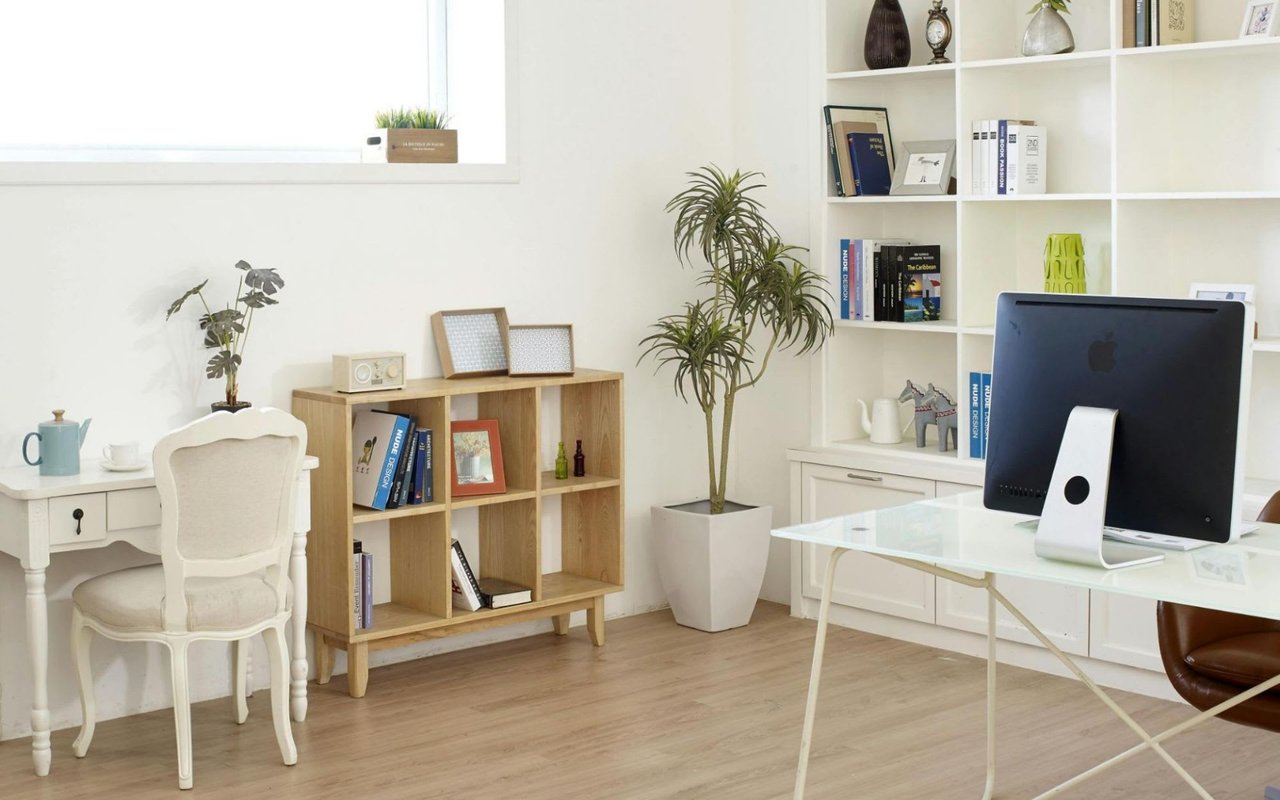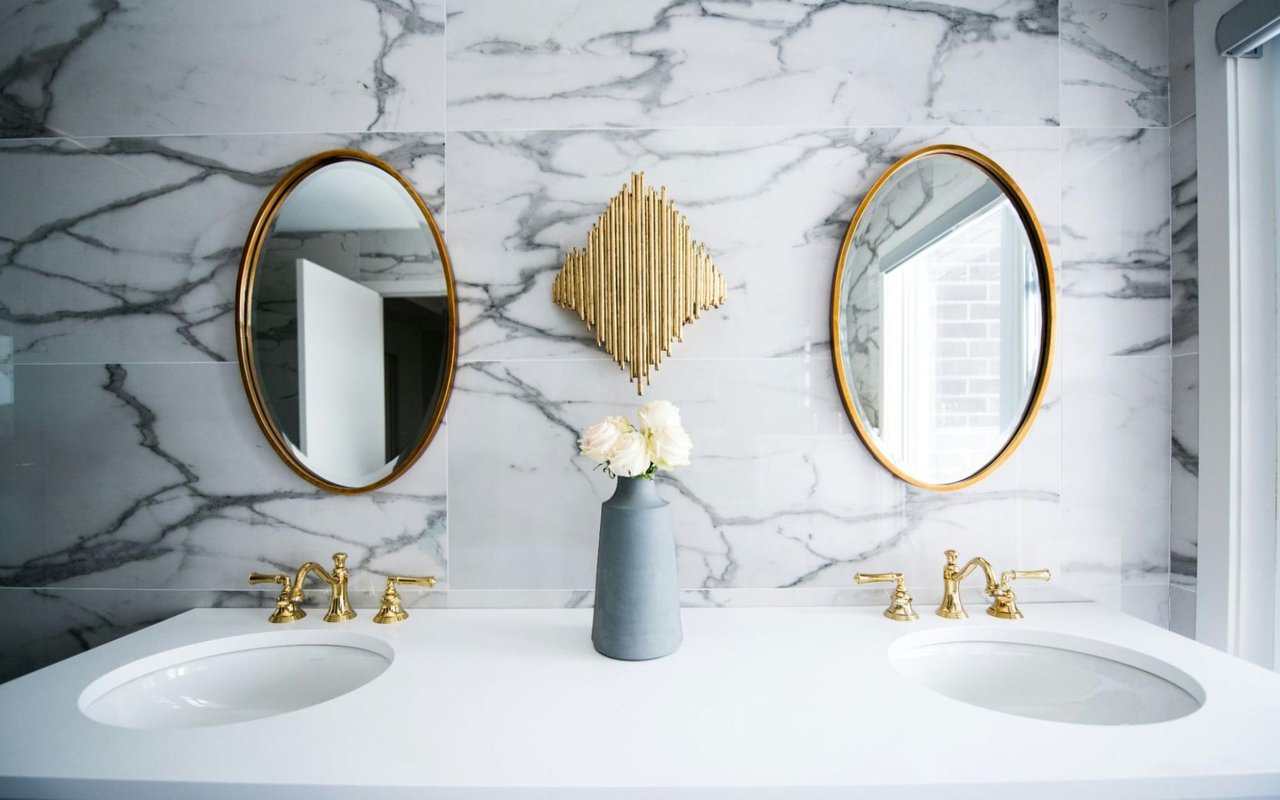In today’s world, the home office has become a crucial part of our daily lives. Whether you are working remotely full-time or just need a space to manage household affairs, designing an efficient and aesthetically pleasing home office can significantly boost your productivity and comfort. Here are some essential tips on arranging a home office that meets your needs and complements your home’s design.
1. Assess Your Space
Before diving into the design process, evaluate the space you have available for your home office. Identify a quiet area where you can work without distractions. Ideally, this space should have enough room to accommodate all necessary furniture and equipment while leaving some room to move around comfortably.
Choosing the Right Location
-
Dedicated Room: If possible, dedicate an entire room to your home office. This separation helps maintain work-life balance and provides a quiet, professional environment.
-
Corner Spaces: A well-arranged corner in a larger room can serve as an efficient office for those with limited space. Utilize room dividers or furniture placement to create a distinct office area.
2. Invest in Ergonomic Furniture
Investing in ergonomic furniture is crucial for comfort and productivity. Ergonomic chairs and adjustable desks can prevent strain and injury, ensuring that you can work comfortably for extended periods.
Selecting the Best Chair
-
Adjustable Height: Choose a chair with adjustable height to ensure your feet rest flat on the floor.
-
Lumbar Support: Look for chairs with good lumbar support to maintain proper posture and reduce back pain.
-
Swivel and Mobility: A chair that swivels and has wheels can enhance mobility and accessibility within your workspace.
Optimal Desk Choices
-
Adjustable Desks: Consider a sit-stand desk that allows you to alternate between sitting and standing throughout the day.
-
Sufficient Surface Area: Ensure your desk has enough surface area for your computer, documents, and other essential items.
3. Lighting Matters
Proper lighting is vital for a productive workspace. Natural light is the best option, as it reduces eye strain and boosts mood. However, if natural light is limited, invest in good-quality artificial lighting.
Natural vs. Artificial Lighting
-
Natural Light: Position your desk near a window to maximize natural light. Use sheer curtains to diffuse harsh sunlight.
-
Task Lighting: Add a desk lamp with adjustable brightness to provide focused lighting for reading and detailed work.
-
Ambient Lighting: Incorporate ambient lighting to create a warm and inviting atmosphere in your home office.
4. Organize for Efficiency
A cluttered workspace can hinder productivity and increase stress. Implement effective storage solutions to keep your office organized and tidy.
Storage Solutions
-
Shelving Units: Install shelves to store books, documents, and decorative items. Floating shelves can save floor space and add visual interest.
-
Filing Cabinets: Use filing cabinets to organize important papers and keep them easily accessible.
-
Desk Organizers: Utilize desk organizers for pens, notepads, and other small items to keep your desk surface clean and orderly.
5. Personalize Your Space
Adding personal touches to your home office can make it a more enjoyable workplace. Decorate with items that inspire and motivate you.
Decorative Elements
-
Artwork and Photos: Hang artwork or photos that bring you joy and inspiration. Personal items can make the space feel more welcoming and less sterile.
-
Plants: Incorporate greenery into your office with indoor plants. Plants not only improve air quality but also create a calming environment.
-
Color Scheme: Choose a color scheme that promotes focus and creativity. Soft blues and greens are known to enhance concentration, while warmer tones can create a cozy atmosphere.
6. Technology Integration
In today’s digital age, a home office must have the right technology to support your work.
Essential Tech Tools
-
High-Speed Internet: Ensure you have a reliable and fast internet connection to avoid disruptions during work.
-
Multiple Monitors: If your work involves multitasking, consider using multiple monitors to enhance productivity.
-
Cable Management: Implement cable management solutions to keep cords organized and prevent a tangled mess.
7. Stay Inspired and Motivated
Design your home office to be a place that keeps you inspired and motivated throughout the day.
Motivational Elements
-
Vision Boards: Create a vision board with your goals and aspirations to keep you focused and driven.
-
Inspirational Quotes: Display quotes that inspire you to stay motivated and positive.
-
Comfort Items: To create a pleasant working environment, include items that bring comfort, such as a cozy blanket or a scented candle.
8. Final Touches
Once you have the main elements in place, add the final touches to complete your home office design.
Finishing Details
-
Rug: A rug can add warmth and texture to your office, making it feel more inviting.
-
Wall Clock: A stylish wall clock serves a practical purpose and adds to the decor.
-
Personal Artifacts: Add artifacts that reflect your personality and interests to make the space uniquely yours.
Learn More with Sue Ann Wilkinson
Designing a home office is a personal journey that combines functionality with individual style. By following these essential home office design tips, you can create a workspace that enhances productivity, comfort, and inspiration.
If you need more personalized advice on how to arrange a home office or are looking for a new home with the perfect workspace, contact Sue Ann Wilkinson. Whether you are buying or selling a luxury home in Draper, UT, Sue Ann is here to help you achieve your real estate goals. Reach out to Sue Ann Wilkinson to begin your journey today.




